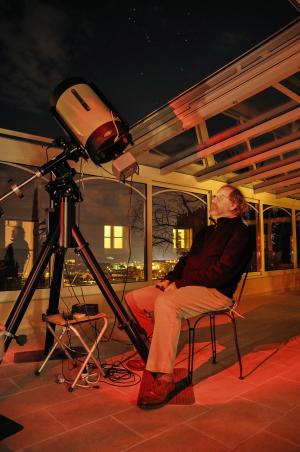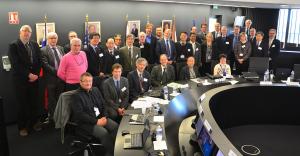"The world community around fusion is expanding"
For the first time, the Fusion Power Coordinating Committee has convened outside of International Energy Agency (IEA) headquarters in Paris, gathering at ITER on 24 and 25 January. Since 1975, this IEA body has piloted strategically coordinated fusion research and science. Physicist Jean Jacquinot*, the newly elected Chair, tells us about the Committee's role and its strong links to ITER.
The Fusion Power Coordinating Committee (FPCC) is described as "a forum for the coordination of international science and research with regard to fusion." How does it operate?
ITER is a key device on the road to fusion energy and the Fusion Power Coordinating Committee is marshalling fusion community resources to contribute to its success. Our role is to identify the most urgent ITER needs in terms of scientific or technological issues and see how we can support their resolution. For this, we have a tool—the IEA Technology Collaboration Programmes.
The ITER Organization has been a contracting party since 2012 to the Programme on tokamak cooperation (CTP-TCP), with the ITER Science & Operations Department chairing the CTP-TCP Executive Committee from 2016 to this most recent meeting. This group looks in particular at issues related to the stability of the plasma, with experimental programs for example on the prediction and control of disruptions.
Essentially all significant R&D in the tokamak fusion area is done through international collaboration: we identify issues, meet to discuss how we could respond, and then share our results.




